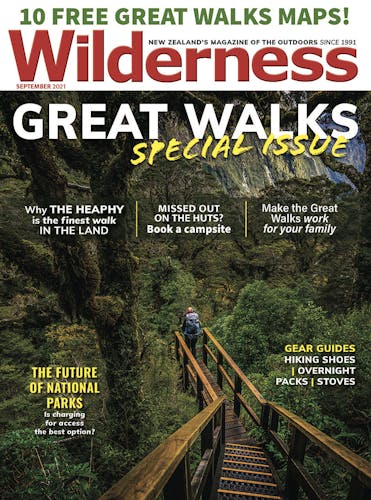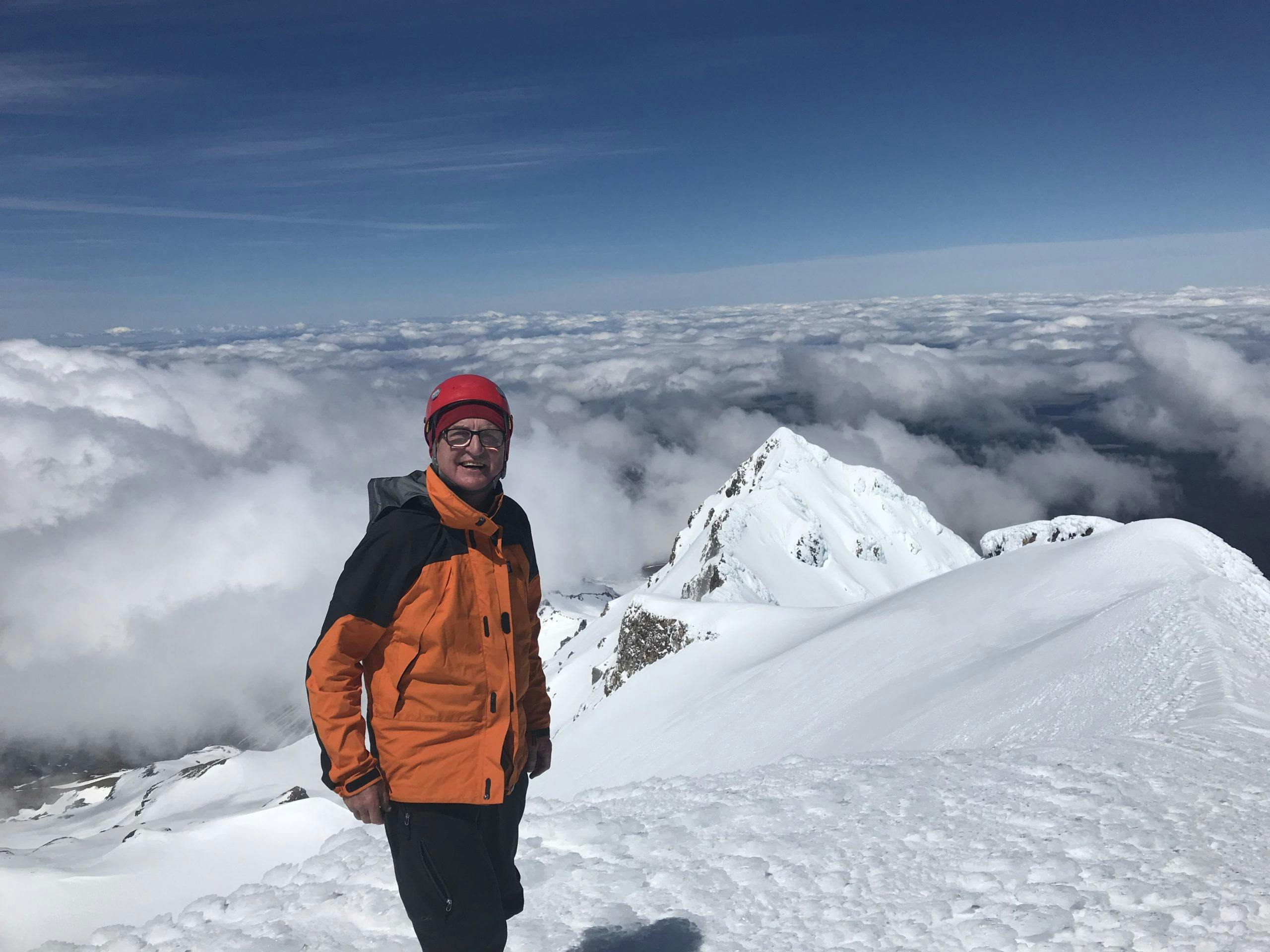What would it take for you to accept paying a fee to enter a national park? I ask because one tourism professional is suggesting the time has come to charge for access.
Dave Bamford argues in ‘Is tourism’s time up in our national parks’ that the Covid-19 pandemic is an opportunity to reset the relationship people have with our national parks. He wants to see greater iwi involvement in their management and he thinks the time has come to charge for access, lest we return to the pre-pandemic days of overuse and pollution. He cites the 160,000 people who walked the Tongariro Alpine Crossing and the one million tourists who visited Milford Sound in 2019 as examples of the way our natural environment is being overrun and degraded.
Bamford’s comments are timely because there already is a charge of a sort to access some national parks – and there’s more in the pipeline. Car parking restrictions at Tongariro mean private shuttle access to the TAC. And a proposal for Milford Sound suggests a similar method of reaching the village will be put in place in coming years. These are unfortunate but necessary changes required to protect these places from excessive vehicle traffic and can possibly be more easily accepted by the public than an outright charge for entering a park. People can avoid the charges by not travelling to these places or visiting other areas of a park. However, it’s easy to see similar access restrictions being put in place in locations like Fox and Franz Josef glaciers and Aoraki/Mt Cook where single road access makes it difficult to find alternative trips.
A more pressing concern for me than charging for access is how to mitigate climate change, the effects of which can already be seen in our national parks from coastal Abel Tasman, where beachside campsites have been washed away, to alpine Aoraki/Mt Cook, where melting glaciers and heavy rain, have caused massive erosion and severe access issues (see the story about crossing Ball Pass). There’s no denying that climate change poses a real threat to our access to, and enjoyment of, national parks.
Fortunately, DOC is taking climate change seriously (see ‘The Milford Track then, now and into the future’). It’s pleasing this is the current focus of the department’s attention rather than charging for access into national parks. A case though could be made to further restrict access, like those proposed at Milford Sound and already in place at Tongariro, if further harm to these environments is to be reduced.
That could be part of the great reset Bamford hopes happens in the coming years, though it doesn’t go as far as he would like.








